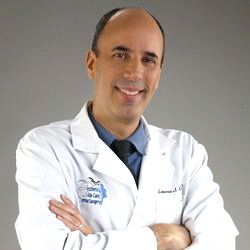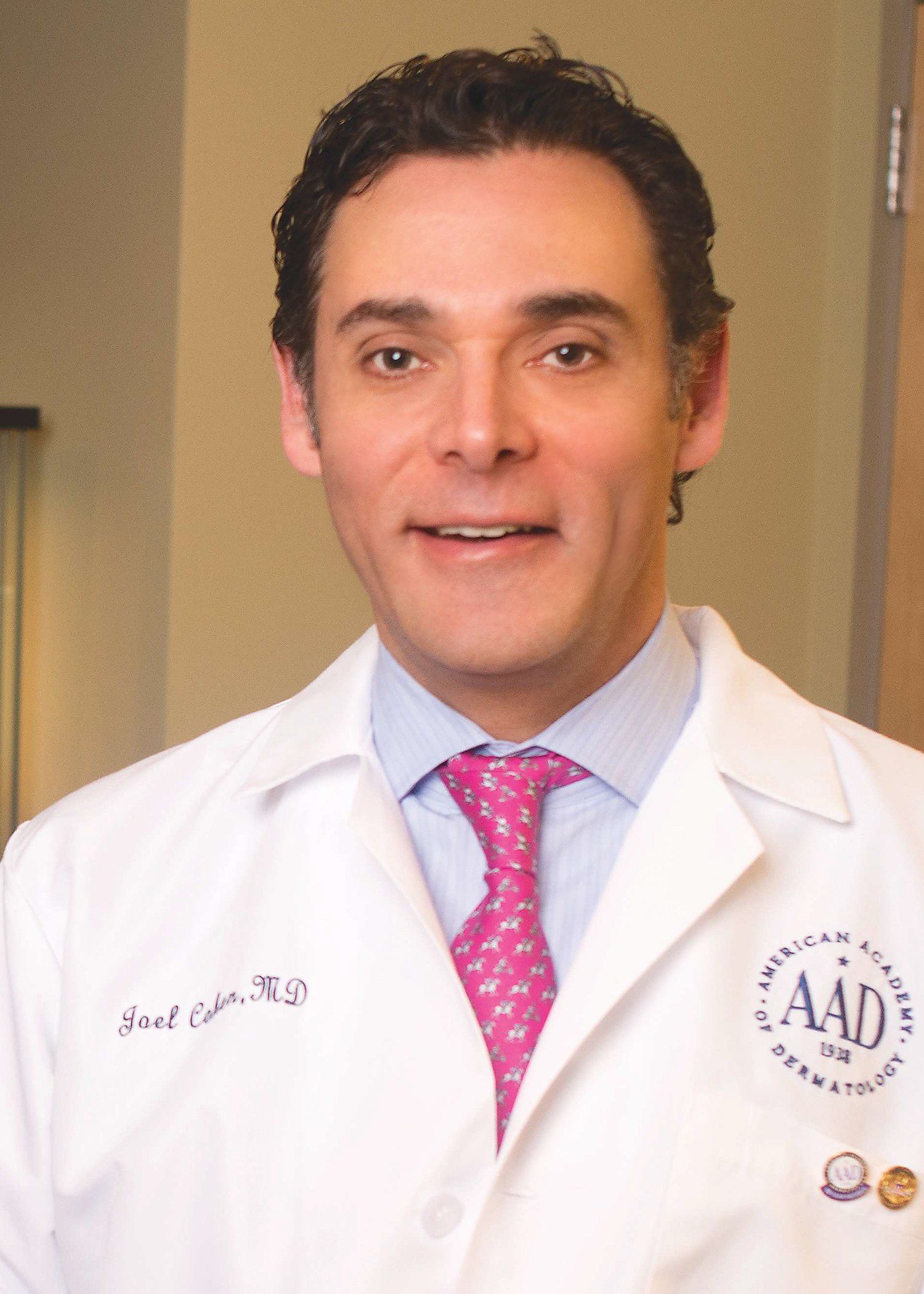- General Dermatology
- Eczema
- Chronic Hand Eczema
- Alopecia
- Aesthetics
- Vitiligo
- COVID-19
- Actinic Keratosis
- Precision Medicine and Biologics
- Rare Disease
- Wound Care
- Rosacea
- Psoriasis
- Psoriatic Arthritis
- Atopic Dermatitis
- Melasma
- NP and PA
- Skin Cancer
- Hidradenitis Suppurativa
- Drug Watch
- Pigmentary Disorders
- Acne
- Pediatric Dermatology
- Practice Management
- Prurigo Nodularis
Article
What’s going to be hot in 2018?
What exciting new devices, drugs and treatments will the New Year bring dermatologists and their patients? Physicians in the specialty and others share what they most anticipate in the coming year.
What’s going to be hot in 2018?
By Lisette Hilton
What exciting new devices, drugs and treatments will the New Year bring dermatologists and their patients? Physicians in the specialty and others share what they most anticipate in the coming year.
Enter the new neuromodulator?
Dermatologist Rhonda Klein, M.D., M.P.H., says she is excited about continued research and potentially an FDA approval for the new neurotoxin Revance, (daxibotulinumtoxinA, RT002, Revance Therapeutics).

Dr. Klein“Revance is an experimental long-lasting botulinum toxin that has shown efficacy for lasting 24-weeks or longer to the glabellar area in clinical trials. This is an exciting prospective offering for our patients that are needle averse, very busy, and want their wrinkles reduced for longer periods of time,” says Dr. Klein, who practices with Connecticut Dermatology Group and has no financial or research ties to Revance. “While we expect this product to be priced higher than Botox, Dysport or Xeomin, given the longer duration, many patients may opt for the convenience of less injections. We are excited to see how this plays out in practice, and how it compares to the other toxins that we are using regularly.”
In December 2017, Revance Therapeutics announced RT002 was shown in two phase 3 trials to be safe and well-tolerated through 36 weeks.
Study investigator Richard Glogau, M.D., clinical professor of dermatology, University of California, San Francisco told Dermatology Timesthat the data show patients may only need treatment with RT002 twice a year, compared with every three or four months for currently available neuromodulators.
Still, dermatologists could have to wait beyond 2018 for approval. Revance might not be commercially available until 2020, according to the company.
Conflicts of interest for Dr. Klein: none.
NEXT: Help for hyperhidrosis
Help for hyperhidrosis
Two dermatologists say that what they’re excited about for 2018 is the potential FDA approval for glycopyrronium tosylate (Dermira), a topical drug for the treatment of hyperhidrosis.

Dr. Green“In 2018, I look forward to the hopeful approval and then launch of Dermira’s glycopyrronium tosylate for axillary hyperhidrosis. I think this will be a game-changer for people who suffer from excess under arm sweating, as it is an easy to use daily towelette,” says Lawrence J. Green, M.D., associate clinical professor of dermatology, George Washington University School of Medicine.
Dermira is a once-daily topically applied anticholinergic agent, which has completed Phase 3 trials for the treatment of primary axillary hyperhidrosis. The therapy is designed to inhibit the interaction between acetylcholine and the cholinergic receptors responsible for sweat gland activation, according to company information.

Dr. Glaser
Phase 2 and 3 studies have shown good improvement in patients, with minimal side effects that were usually mild, according to Dee Anna Glaser, M.D., professor and interim chairman of dermatology at Saint Louis University School of Medicine.
“This is a topical. It’s not an injection, and it’s not a procedure,” says Dr. Glaser, who is president of the International hyperhidrosis Society. “I think we’re going to see a whole new aspect of treatment that may allow more patients with hyperhidrosis to come in and get treatment.”
Conflicts of interest: Dr. Green, none. Dr. Glaser, has research grants with Dermira, Allergan, Sienna. She serves on the advisory boards for Dermira, Allergan, Galderma, Merz and Brickell.
NEXT: Injectable innovations
Injectable innovations
“For 2018, I think what I’m most excited about is innovative uses of some of the injectable products that we already

Dr. Batra are using in the office. For example, I think microdroplet techniques where you use very minute amounts of neurotoxins, like botulinum toxin, plus small amounts of filler to really attack some of the accordion-like superficial pleats on the skin, [are] going to become more sophisticated and more widely practiced,” says Sonia Batra, M.D., a dermatologist in private practice in Santa Monica, Calif., and a recurring co-host on the talk show The Doctors.
PRP proliferation
Dr. Batra predicts dermatologists will increasingly turn to platelet-rich plasma (PRP), which is the harvesting of growth factors from blood and injecting those back into the scalp and skin to enhance hair growth, as well as rejuvenate the skin.
The dermatologist says she is combining PRP with a number of laser treatments and chemical peels to consolidate downtime and enhance results.

Dr. Cohen“With resurfacing procedures, I think adding more concentrated growth factors expedites healing and improves outcomes. For 2018, I think we'll see PRP used on a number of different areas of the body and not strictly the face or scalp. It will also be more widely applied to enhance hair growth in areas other than the scalp, for example, on the eyebrows,” Dr. Batra says.
Dermatologist Joel L. Cohen, M.D., who practices in Greenwood Village and Lone Tree, Colo., says he has been using PRP for androgenetic alopecia for 16 months and seeing nice results.
“We waited to start until fall of 2016, as, by that point, I felt that there were some interesting papers with enough patient numbers showing efficacy and safety,” he says. “Aside from PRP for alopecia, we haven't started injecting PRP for facial rejuvenation alone, except in a few cases of infra-orbital hollows, where I had left-over PRP from the patient after applying it to their face post-resurfacing. I think the concept of doing PRP topical post-ablative resurfacing is very appealing to patients who are interested in using their own healing substances to possible synergistically improve their healing time and overall outcomes.”
While Dr. Cohen says PRP on the face seems to help speed healing, in his experience, “… it sure would be nice to have a split-face clinical trial to evaluate that,” he says.
Conflicts of interest: Dr. Batra is a medical advisor for Jenu, which is an at-home ultrasound device that increases absorption of product, as well as for Keranique, which is the hair regrowth system for women. She has consulted with ProActive and Neutrogena. Dr. Cohen has served as a consultant and clinical trial participant for Merz, Galderma and Allergan. Dr. Cohen has served as a consultant and clinical trial participant for Merz, Galderma and Allergan.
NEXT: Trending: Ingredient-aware products
Trending: ingredient-aware products

Dr. LolisNew York City-based dermatologist Margarita Lolis, M.D., says she expects to see an evolution of beauty brands fueled by consumer pressure to offer “gluten-free,” “cruelty-free” and “vegan” options.
“I caution the consumer to look closely at ingredients of products making these claims,” Dr. Lolis says. “It’s quite easy to get caught up in a claim and assume a product is toxic-free because it is gluten-free, cruelty-free and vegan. That’s unfortunately not the case.”
The claims appeal to consumers’ philosophies. Still, they must understand the ingredients. For example, some brands claiming “organic” offer a small percentage of organic ingredients and can be even more toxic than brands not making the claim, she says.
At-home micro-needle facemasks?
At-home facemasks will continue to be huge in 2018, according to Dr. Lolis.
“Charcoal has been the ingredient du jour as of late,” she says. “Masks will become even more progressive with self-dissolving micro-needle masks, which feature tiny micro-needles formed from active ingredients, such as hyaluronic acid,” Dr. Lolis says. “One such product claims to create tiny pathways when applied to the skin that increase the absorption of the sheet mask serum. I have not tried this type of mask on myself or my patients so I cannot speak to its efficacy.”
In general, masks will become more body-part-specific, with masks for the face, chest, arms and breasts, according to Dr. Lolis.
Conflicts of interest for Dr. Lolis: none





